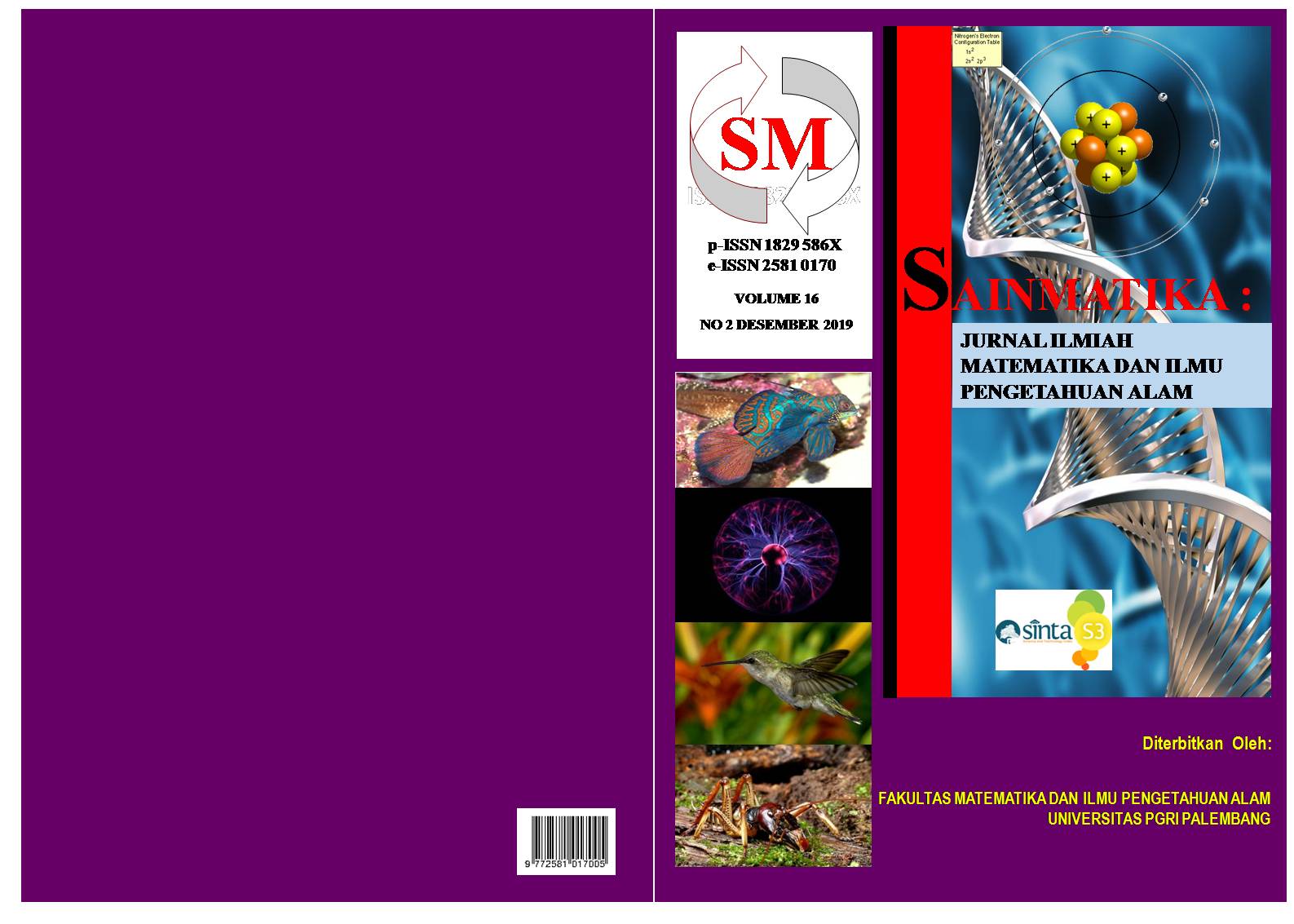Keanekeragaman Tumbuhan yang diperjual-belikan di Nurseri Kranggan, Bekasi, Jawa Barat
DOI:
https://doi.org/10.31851/sainmatika.v16i2.2828Keywords:
Nursery, Wrightia religiosa, Ficus campanulata, BekasiAbstract
Nursery is a places for buying, selling transactions and plants care in the urban. This study aims to reveal the diversity of plants that are traded in the Kranggan nursery, Bekasi, West Java. This research was conducted by surveying and interviewing nursery owners and managers to find out the types of plants being traded. Reponden was determined by purvosif sampling with criteria namely having a nursery of at least 100 m2 or having worked at the nursery for at least 2 years. The data obtained was analyzed descriptively statistically. Plants that are traded in Kranggan nursery vary greatly between one trader and another, namely between 93-140 species of plants. A total of a total of 197 plants were traded in the Kranggan nursery which were included in 158 genera and 76 families. When viewed from the habitus, most of the traded plants (86 species) are herbs, followed by trees (69 species), shrubs (36 species) and lianas (6 species). Mango (Mangifera indica), klengkeng (Euphoria longana), guava (Psidium guajava), are plants very potential to be developed because its favored by buyer. Bonsai plants such as anting putri (Wrightia religiosa) and Korean banyan (Ficus campanulata) have great economic and conservation potential because it has a high selling price and high fruiting frequency.References
Boer, E. and Ella, A.B. 2001. Prosea (Plant resources of South-East Asia) 18: Plants producing exudates. Prosea, Bogor: 184 hlm.
Backer, C.A. and van Den Brink, B. 1965. Flora of Java (Spermato-phyte Only): Vol. II. Angiospermae, families 111-160. N.V.P. Noord-hoff, Groningen, 641 hlm.
Cronquist, A. 1981. An integrated system of classification of fower plants. Columbia University Press. New York.
Haque, MA., Miah, M.A.M. and Rashid, M.A. 2007. An economic study of plant nursery business in Gazipur and Jessore Districts of Bangla-desh. Bangladesh J. Agril. Res. 32(3): 375-385.
Iskandar, B.D., Iskandar, J., Irawan, B. and Partasasmita, R. 2018. Tradi-tional markets and diversity of edible plant trading: Case study in Ujung Berung, Bandung, West Java, Indonesia. Biodiversitas 19(3): 437-452
Martin, G.J. 1995. Ethnobotany a people and plants conservation manual. Chapman and Hall. London, UK. 67-136.
Nisyawati dan Silalahi M. 2015. Keane-keragaman Tumbuhan Obat di Pasar Berastagi. Laporan Hibah Penelitian Dikti. Departemen Biologi, FMIPA, Universitas Indonesia, Depok.
Sihotang, H., Silalahi, M., and Murniarti, D. 2019. Manajamen Tanaman Di Nurseri Kranggan, Bekasi, Jawa Barat. Jurnal Pro-Life 6(1): 89-101.
Silalahi, M. 2014. The ethnomedicine of the medicinal plants in sub-ethnic Batak North Sumatra and the conservation perspective. [Diserta-tion]. Program Studi Biologi, Program Pasca Sarjana, FMIPA, Universitas Indonesia, Depok.
Kriswiyanti, E.I.K., Junitha, E.S., Kentjo-nowati, N., Darsini, and Setyawati, I. 2011. Inventarisasi bahan obat tradisional di Kecamatan Kinta-mani Kabupaten Bangli, Bali. Prosiding Seminar Nasional Kon-servasi Tumbuhan Tropika Kondisi Terkini dan Tantangan ke Depan Kebun Raya Cibodas 7 April 2011, Cibodas:108-112.
Silalahi, M., Nisyawati, Walujo, E.B., Supriatna, J., and Mangunwardoyo, W. 2015. The local knowledge of medicinal plants trader and diversity of medicinal plants in the Kabanjahe traditional market, North Sumatra, Indonesia. Journal of Ethnopharmacology 175: 432-443.
Silalahi, M., and Nisyawati. 2018. An ethnobotanical study of traditional steam-bathing by the Batak people of North Sumatra, Indonesia. Pacific Conservation Biology https://doi.org/10.1071/PC18038; 1-17.
Supangkat, B. 2012. Market and Women Traders in Ujung Berung Market, Bandung. [Dissertation]. Depart-ment of Anthropology, Faculty of Social and Political Science, University of Indonesia.









